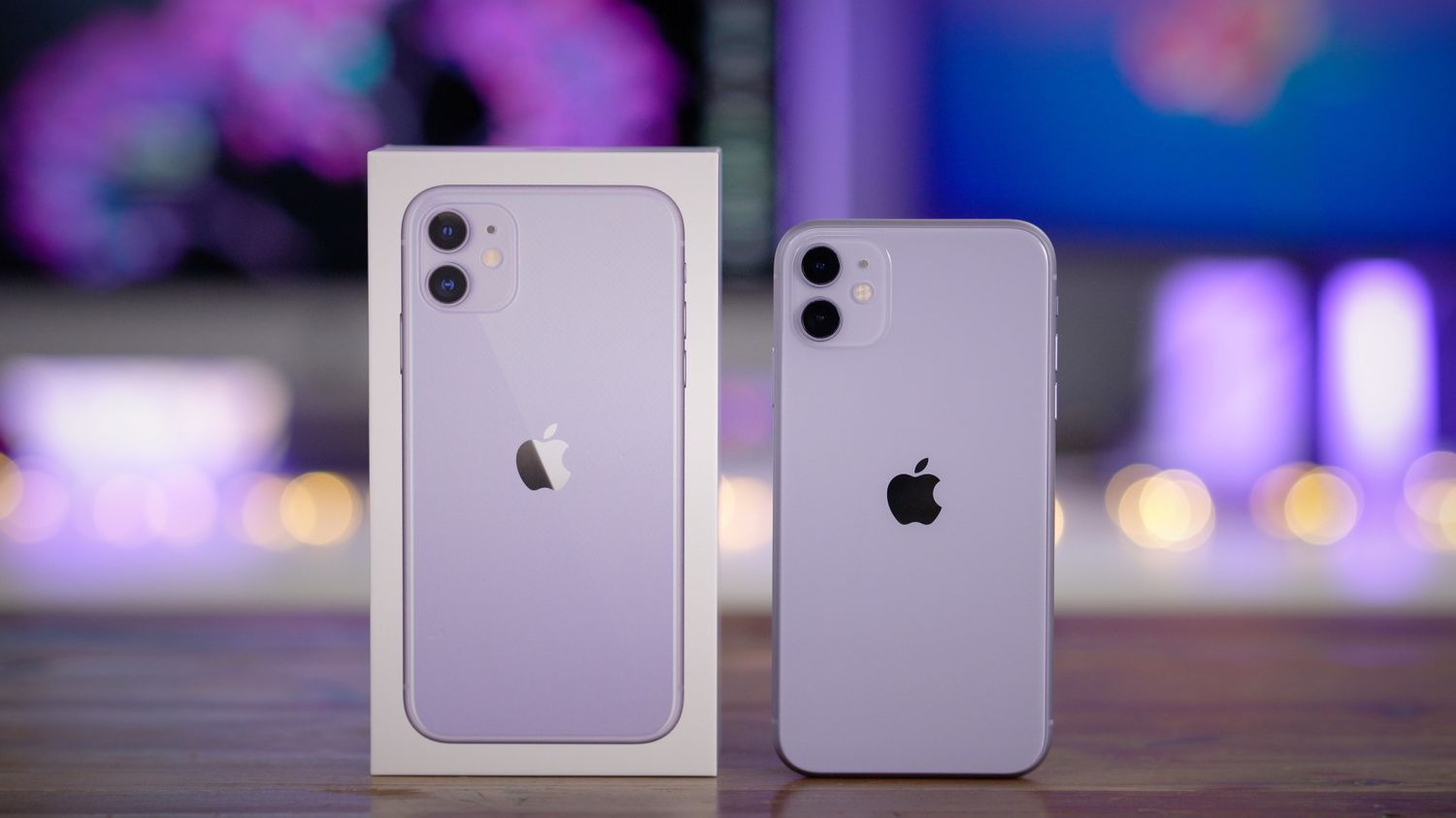
Sure, I can help with that. Here's the introduction in HTML format:
html
Are you wondering where the microphone is located on your iPhone 11? Understanding the physical layout of your device and its components can be essential for troubleshooting issues or optimizing your user experience. In this article, we’ll explore the specific location of the microphone on the iPhone 11, shedding light on its functionality and significance. Whether you’re seeking to improve call quality, record audio, or delve into the technical aspects of your device, knowing the microphone’s whereabouts is a crucial piece of the puzzle. Let’s dive into the details and uncover the mystery of the iPhone 11’s microphone placement.
Inside This Article
- Understanding the iPhone 11 Design
- Locating the Primary Microphone on the iPhone 11
- Locating the Secondary Microphone on the iPhone 11
- Conclusion
- FAQs
Understanding the iPhone 11 Design
The iPhone 11, a flagship model from Apple, features a sleek and modern design that seamlessly integrates form and function. With its 6.1-inch Liquid Retina display and aerospace-grade aluminum and durable glass construction, the iPhone 11 exudes elegance and durability. The device is available in an array of stunning colors, adding a touch of personalization to its design. The seamless blend of materials and the precision-engineered construction make the iPhone 11 a true masterpiece of design and engineering.
Apple has meticulously crafted the iPhone 11 to be both aesthetically pleasing and highly functional. The device boasts a slim profile and a lightweight build, making it comfortable to hold and use. The rounded edges and the seamless transition between the glass front and back create a visually striking and ergonomic design. The attention to detail and the premium materials used in the construction of the iPhone 11 exemplify Apple’s commitment to delivering a superior user experience through thoughtful design and innovation.
Locating the Primary Microphone on the iPhone 11
If you’re wondering about the primary microphone on your iPhone 11, you’re not alone. The primary microphone on the iPhone 11 is a crucial component that ensures crystal-clear audio during calls, video recordings, and voice commands. Understanding its placement can help you optimize audio input and output on your device.
The primary microphone on the iPhone 11 is cleverly integrated into the device’s design. Located at the bottom edge of the phone, it’s positioned to capture your voice accurately during calls and recordings. This strategic placement ensures that your voice is transmitted clearly to the person on the other end of the line or the recording device.
When using your iPhone 11, it’s essential to be mindful of this microphone’s location to avoid unintentionally covering or obstructing it. Keeping the area around the primary microphone clear can significantly enhance the quality of your audio input, making your conversations and recordings more enjoyable and effective.
Locating the Secondary Microphone on the iPhone 11
Aside from the primary microphone located at the bottom of the iPhone 11, there is a secondary microphone situated at the top of the device. This secondary microphone plays a crucial role in capturing ambient sounds and reducing background noise during calls, voice recordings, and video recordings.
Located adjacent to the front-facing camera, the secondary microphone complements the primary microphone to enhance the overall audio quality of the device. It contributes to the device’s noise cancellation capabilities, ensuring that your voice is clear and distinct during phone calls and voice memos.
When using the iPhone 11 for video recording, the secondary microphone captures stereo audio to provide a more immersive and realistic sound experience. This feature is particularly beneficial when recording concerts, interviews, or any other scenarios where high-quality audio is essential.
The strategic placement of the secondary microphone on the iPhone 11 underscores Apple’s commitment to delivering exceptional audio performance across various functions, making it an indispensable component for users who prioritize audio quality in their mobile experience.
In conclusion, knowing the location of the microphone on your iPhone 11 can help you troubleshoot any audio issues and optimize your device's performance. Whether you're engaging in a call, recording a video, or using voice commands, understanding the microphone's placement ensures that you can make the most of your iPhone's capabilities. By familiarizing yourself with the microphone's location and its role in capturing and transmitting audio, you can effectively address any concerns related to sound quality and ensure seamless communication and media creation. This knowledge empowers you to leverage your iPhone 11's features to their fullest potential, enhancing your overall user experience.
FAQs
Q: Where is the microphone located on an iPhone 11?
A: The primary microphone on the iPhone 11 is located at the bottom of the device, to the left of the charging port. There is also a secondary microphone located at the top of the phone, near the rear-facing camera.
Q: How many microphones does the iPhone 11 have?
A: The iPhone 11 is equipped with two microphones. One is located at the bottom of the device, and the other is situated near the rear-facing camera at the top of the phone.
Q: What is the purpose of the microphones on the iPhone 11?
A: The microphones on the iPhone 11 serve various functions, including capturing audio during calls, video recording, voice memos, and enabling voice commands for virtual assistants like Siri.
Q: How can I ensure that the microphones on my iPhone 11 are functioning properly?
A: To check the functionality of the microphones, you can perform a simple audio recording test using the Voice Memos app. Additionally, ensure that the microphone openings are free from debris or blockages that may affect their performance.
Q: Are there any troubleshooting steps for addressing microphone issues on the iPhone 11?
A: If you encounter microphone problems, you can try restarting the device, updating the iOS software, or resetting the settings. If the issues persist, it’s advisable to seek assistance from an authorized Apple service provider.
